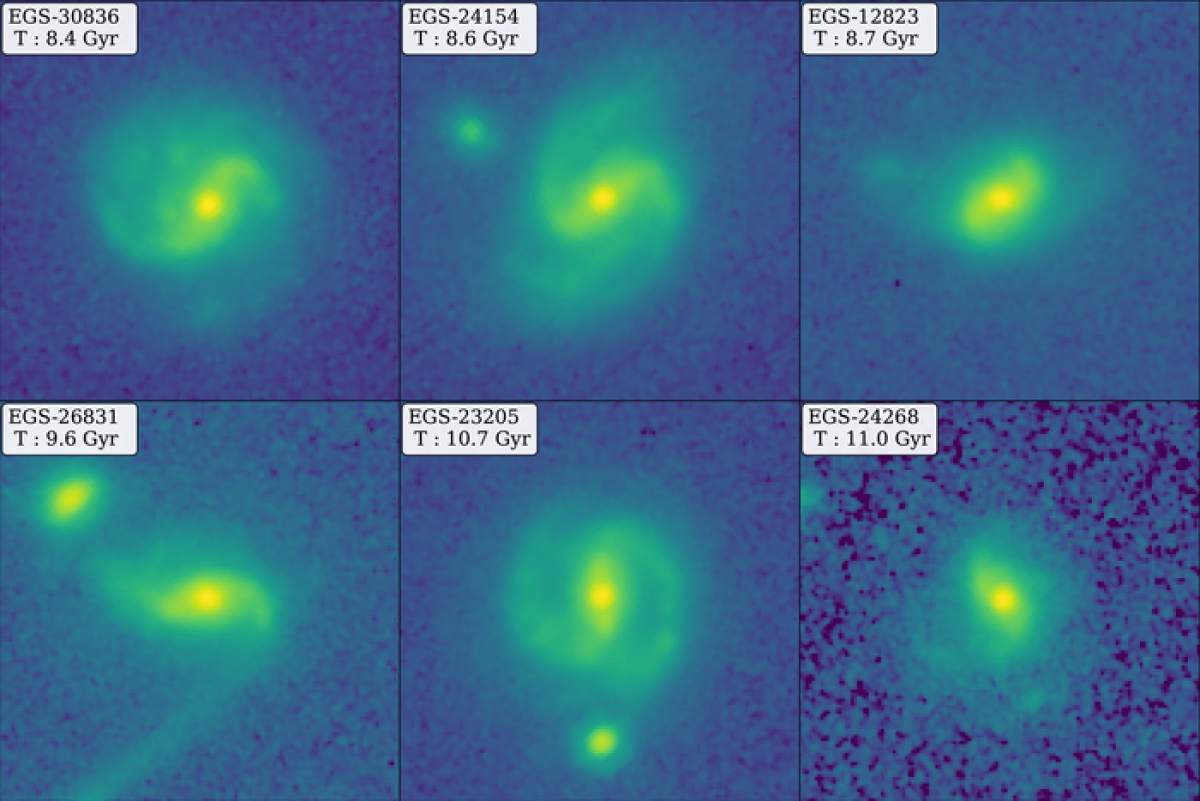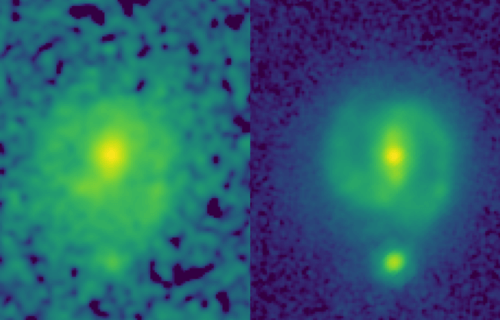AUSTIN, Texas — The James Webb Space Telescope is sending back even more stunning pictures for space — and this time, they’re from the distant past! The new space probe has sent back images showing distant galaxies similar in structure to our home, the Milky Way.
The James Webb images are of a spiral galaxy with stellar bars — elongated features of stars stretching out from the center to the outer disks of galaxies — during a time when the galaxy was only 25 percent of its current age. That’s about 11 billion years ago!
“I took one look at these data, and I said, ‘We are dropping everything else!’” describes Shardha Jogee, a professor of astronomy at The University of Texas at Austin, in a media release. “The bars hardly visible in Hubble data just popped out in the JWST image, showing the tremendous power of JWST to see the underlying structure in galaxies.”
Understanding more about these spiral galaxies and why they resemble the Milky Way galaxy may change our thinking of how galaxies form and evolve.
The Hubble telescope has taken pictures of far-away galaxies before, but the surrounding dust and glare of young stars revealed nothing more than a blurry disk-shaped smudge. Recapturing these images with the James Webb showed more details than ever before. James Webb’s large mirror allows it to gather light more efficiently. This gives it a higher resolution to see past the dust and the longer infrared wavelengths help with determining the underlying structure.
“For this study, we are looking at a new regime where no one had used this kind of data or done this kind of quantitative analysis before,” says Yuchen “Kay” Guo, a graduate student who led the data analysis, “so everything is new. It’s like going into a forest that nobody has ever gone into.”

One galaxy called EGS-23205 appears to be a spiral galaxy with a clear stellar bar. Astronomers say another barred galaxy, EGS-2468, may have formed as far back as 11 billion years ago. The telescope spotted four other barred galaxies that date back to over eight million years.
Galaxy bars are essential for the evolution of a galaxy as it funnels gas into central regions. The increased gas, in turn, promotes star formation.
“Bars solve the supply chain problem in galaxies,” explains Jogee. “Just like we need to bring raw material from the harbor to inland factories that make new products, a bar powerfully transports gas into the central region where the gas is rapidly converted into new stars at a rate typically 10 to 100 times faster than in the rest of the galaxy.”
Bars can also help with forming supermassive black holes in the center of galaxies by channeling gas part of the way. Finding spiral bars when the universe was young changes astronomers’ theories on galaxy evolution as they appear to be a way to accelerate the production of new stars at early epochs. These early bars also challenge current models of the universe, as it’s another variable that needs to be consideration in galaxy physics.
The research study is accepted and soon to be published in The Astrophysical Journal Letters.

